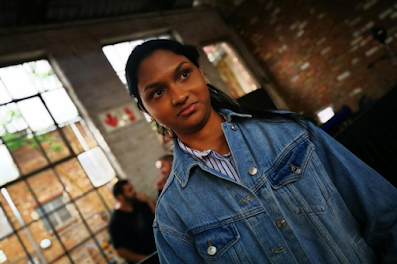Overcoming Eurocentric bias makes for better science

To understand disease, scientists are producing comprehensive omics datasets. However, the majority of these are Eurocentric. Recently, the inclusion of patients from Asia and the Middle East in genomic analyses uncovered unique loci linked to COVID-19 severity. This demonstrates that focusing on diversity and underrepresented populations can benefit all.





